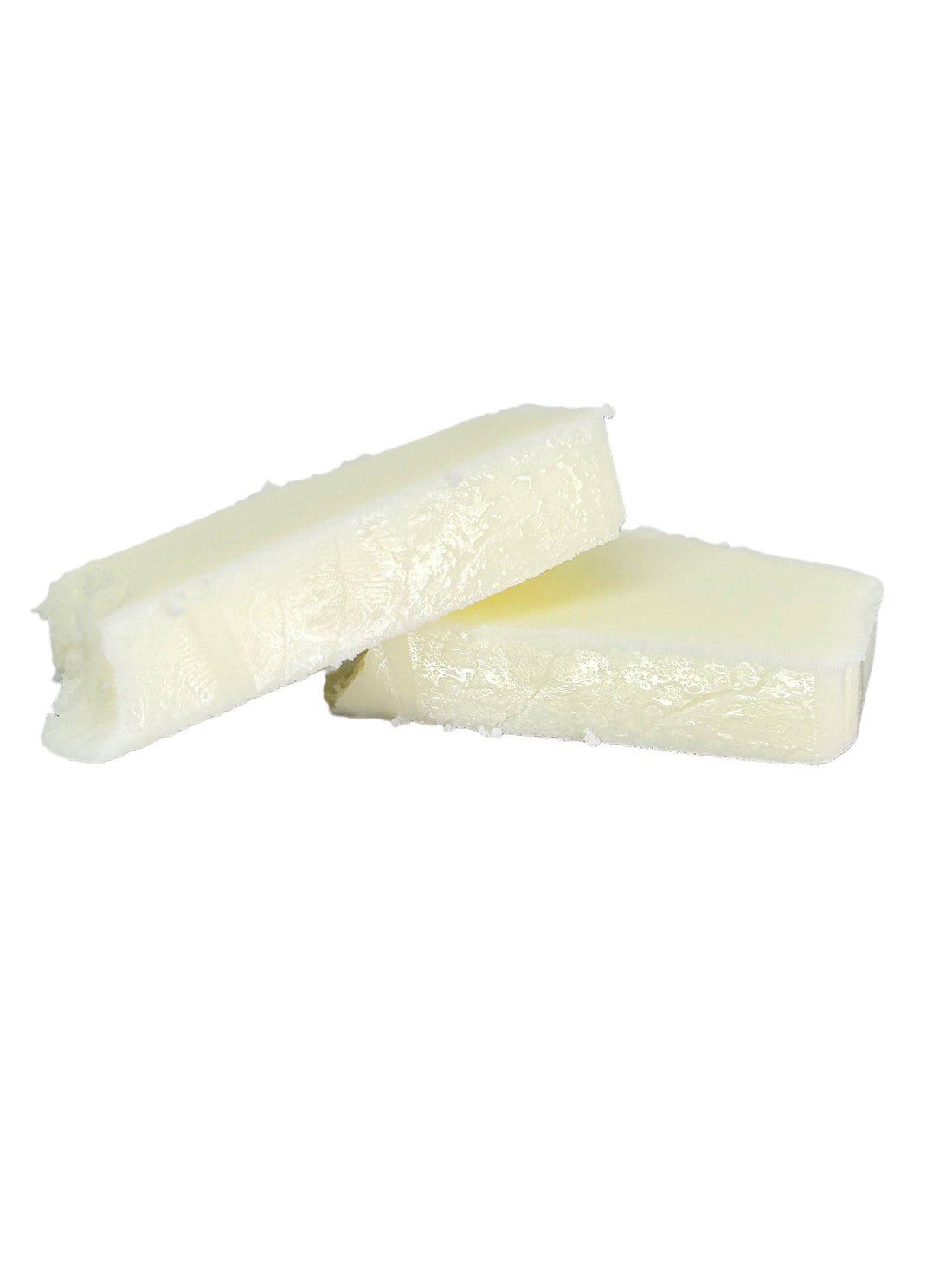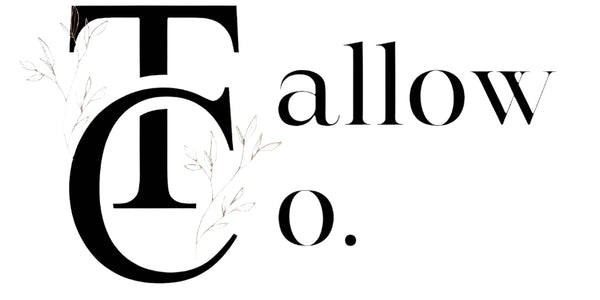
How to Know When Tallow Has Reached Its Cycle in Frying
Share
If you’ve been frying with tallow—rendered beef fat—you’re already enjoying one of nature’s most robust and flavorful cooking fats. Tallow’s high smoke point (around 205°C) and rich, savory profile make it a favorite for everything from crispy fries to golden chicken. But like any frying fat, tallow doesn’t last forever. Knowing when it’s reached the end of its frying cycle is key to maintaining food quality, safety, and that perfect taste. Here’s how to spot the signs and keep your frying game strong.
Why Tallow’s Cycle Matters
Tallow is durable, but repeated heating and exposure to food particles break it down over time. As it degrades, its flavor shifts, its frying performance drops, and it can even pick up unwanted compounds. Recognizing when it’s time to swap out your tallow saves you from subpar meals and ensures you’re cooking with a fat that’s still doing its job.
Signs Tallow Has Reached Its Limit
Here’s what to look for when gauging whether your tallow is ready for retirement:
- Color Shift: From Golden to Dark
- Fresh tallow starts off pale or golden. After multiple frying sessions, it darkens—think deep brown or even blackish hues. This happens as food particles burn and oxidation kicks in. If your tallow looks like it’s auditioning for a tar pit, it’s time to let it go.
- Smell Test: Off Odors Emerge
- Tallow’s natural scent is mild and slightly beefy. As it breaks down, you might notice rancid, sour, or acrid smells. Trust your nose—if it’s unpleasant even when cool, the tallow’s past its prime.
- Smoke Signals: Excessive Fuming
- Tallow’s high smoke point is a big perk, but old tallow smokes at lower temperatures as it degrades. If you’re seeing more smoke than usual, even below 205°C, it’s a sign the fat’s structure is shot.
- Foaming Frenzy
- Fresh tallow fries clean and smooth. Over time, water, food bits, and breakdown products cause it to foam or bubble excessively during frying. A little fizz is normal with wet foods, but persistent foam means the tallow’s had enough.
- Taste Test: Flavor Goes Funky
- Fry a small test batch (like a potato strip). If the food tastes bitter, burnt, or just “off” despite proper cooking, the tallow’s imparting its decline onto your meal. Fresh tallow enhances flavor—old tallow ruins it.
- Texture Trouble: Greasy, Not Crisp
- When tallow’s breaking down, fried foods come out soggy or overly greasy instead of crisp. This happens because the fat’s not transferring heat as efficiently. If your fries are limp, the tallow might be the culprit.
How Long Does Tallow Last?
There’s no hard-and-fast rule—tallow’s lifespan depends on how you use it. Frying at lower temperatures (around 155°C-160°C) with minimal food debris can stretch it to 10-15 uses. High-heat frying (185°C+) with lots of breaded or wet foods might cut that to 5-7 cycles. Strain it after each use with a fine mesh or cheesecloth to remove particles, and store it in a cool, dark place to maximize its life.
Pro Tips for Managing Tallow
- Keep It Clean: Skim out food bits during frying and strain thoroughly after. Debris accelerates breakdown.
- Watch the Heat: Avoid pushing past 205°C for too long—heat is tallow’s kryptonite over time.
- Sniff Regularly: A quick whiff before heating can catch issues early.
- Label It: If you reuse tallow, mark the container with use dates or fry counts to track its journey.
What to Do With Spent Tallow
Once it’s done, don’t pour it down the drain—tallow solidifies and clogs pipes. Let it cool, then toss it in the trash or compost (if your system allows fats). If you’re crafty, old tallow can still make decent soap or candles—just don’t cook with it.
Final Fry
Tallow’s a champ in the kitchen, but even champs retire. By keeping an eye on its color, smell, smoke, foam, taste, and texture, you’ll know exactly when it’s time to render a fresh batch. Your taste buds—and your frying pan—will thank you.
Happy Tallowing!
